Why Do Most Enzymes Only Work With One Substrate
Why do enzymes only work within a narrow pH range. Denaturing occurs when the control changes the enzymes shape.
Why do enzymes generally only bid to one type of substrate.

Why do most enzymes only work with one substrate. If only one amino acid of the enzyme is messed up the enzyme might not work. Enzymes unlike other catalysts use binding energy to cause strain in the reactive bond. According to lock and key model the enzyme has to be the exact shape of the substrate to fit and connect.
For enzymes to catalyze a reaction they need to. Plants have adapted by changing one. There may be one or more substrates for each type of enzyme depending on the particular chemical reaction.
Enzymes only work on their specific substrates because enzyme catalysis involves enzyme and substrate binding to form an enzyme substrate complex. Enzymes have an activation site that fits a substrate. Enzymes generally only bind to one type of substrate because the active site of the enzymes has a certain shape and as per lock and key model the enzymes have to be of specific shape the same as the substrate to get fit.
In others two substrates may come together to create one larger molecule. See full answer below. It is a perfect match to the shape of the substrate molecule or molecules.
This is due to the shape of the active site and any other substrates cannot bind to the active site. In some reactions a single-reactant substrate is broken down into multiple products. One enzyme is therefore specific to one substrates chemical.
In other words each enzyme catalyzes only one chemical reaction with only one substrate. Why do enzymes usually only work on one substrate. The active site is very specific because of how the protein folds up its tertiary structure.
Because they are so specific their structure is very important. Once the enzymesubstrate complex is formed the reaction occurs and the substrate is transformed into products. See full answer below.
It would be as if someone unplugged one of the cords in a robot. Because the active site of an enzyme has such a unique shape only one particular substrate is capable of binding to that enzyme. Enzymes bind with chemical reactants called substrates.
This gives the enzyme an active site with a unique shape that is complementary. Become a member and. Enzymes have active sites where the substrate gets fits when the reaction occursIt means that enzymes generally only bind to one type of substrate and they.
Each enzyme has a specific amino acid sequence in its primary structure which determines the enzymes tertiary structure. In this diagram the functional shape is the active site. Thereof why do enzymes generally bind to only one type of substrate quizlet.
And in an induced fit model it doesnt have to be the exact shape because it says the enzyme and. Enzymes only work on their specific substrates because of their specific shape. One enzyme will therefore carry out one particular chemical reaction.
The pH of an enzymes environment will affect the charge of key amino acids in the active site which affects bonding The substrate concentration is generally ____ times greater than enzyme concentration. This is essential to the enzyme being able to work. This strain effectively lowers the energy of the transition state.
When the substrate is attached to the enzyme the enzyme acts as a catalyst and breaks the substrate apart or binds it together. Dominic kilbee Nov 26 2014 Enzymes are specific to substrates as they have an active site which only allow certain substrates to bind to the active site. It is basically like a key hole - only the correct substrate structure key will fit and work.
For example lyases add or remove double bonds in molecules. You can imagine the enzyme fitting the substrate like a key fitting a lock. A tiny herbicide molecule can attach to the active site of an enzyme and stop it from working.
For example some herbicides are used to block plant enzyme activity. The binding pocket of an enzyme called the active site is generally evolutionarily conserved and specific for a specific substrate. The reason that enzymes are specific is that each enzyme has an area called the active site that fits around the substrate.
It will normally accept only one type of molecule the bustrate which has the correct configuration to interact with the active site. Enzymes only work with specific substrates because each substrate has a unique 3 dimensional shape.
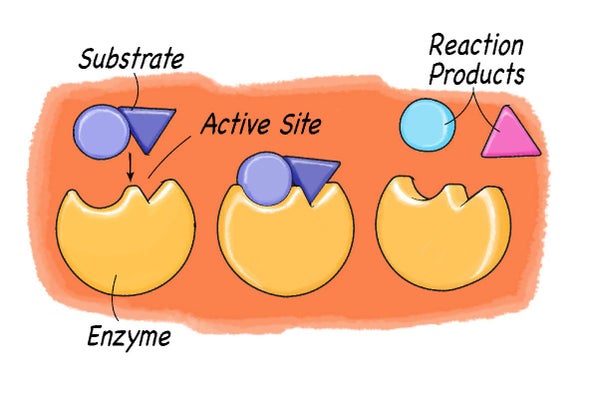
Exploring Enzymes Scientific American
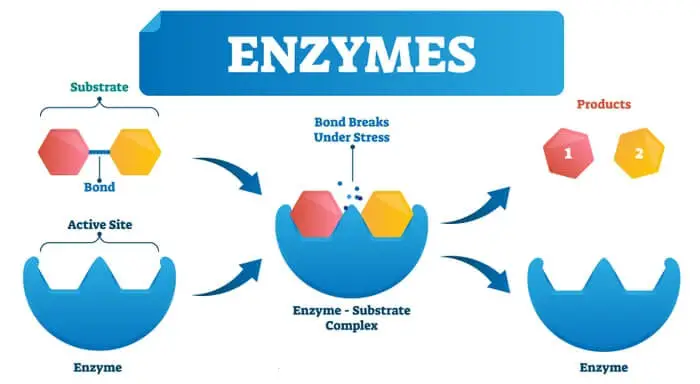
Enzymes Are Proteins A Definitive Guide Of 4000 Words Updated

Enzyme Substrate Complex An Overview Sciencedirect Topics
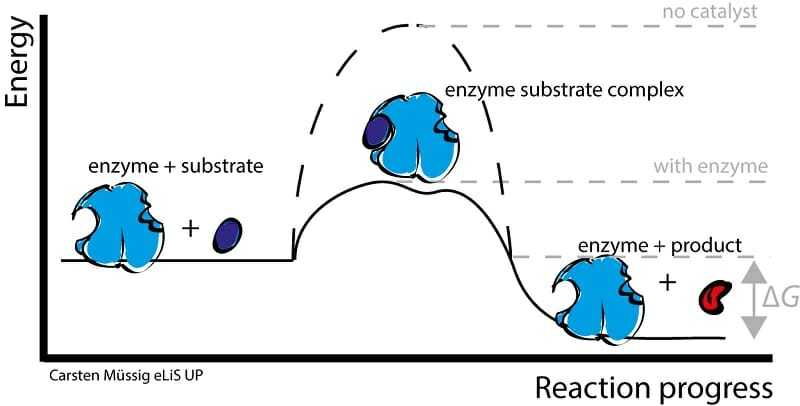
Enzyme Substrate Complex Definition Examples Biology Dictionary

Principles Of Biochemistry Enzymes Wikibooks Open Books For An Open World
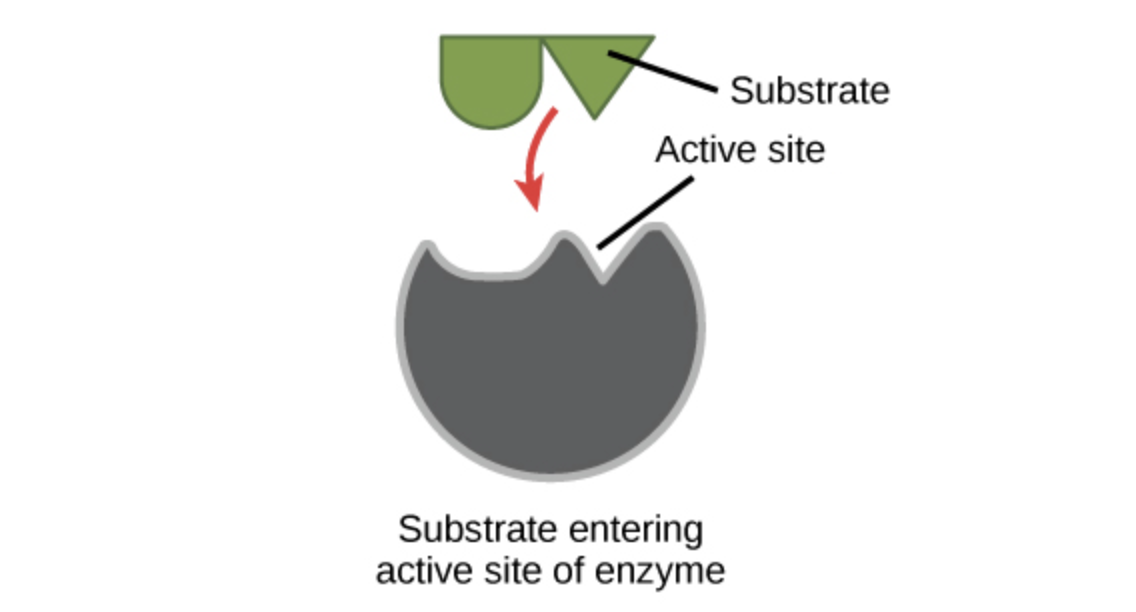
Enzymes Review Article Enzymes Khan Academy

Enzymes And The Active Site Article Khan Academy

Topic 2 5 Enzymes Amazing World Of Science With Mr Green

Enzyme Kinetic Assays How Does It Work Eppendorf Handling Solutions
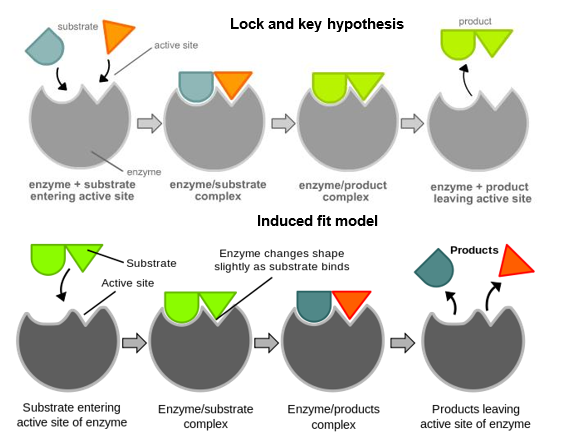
Biological Catalysts Enzymes A Level Biology Revision Notes

Energy Matter And Enzymes Microbiology
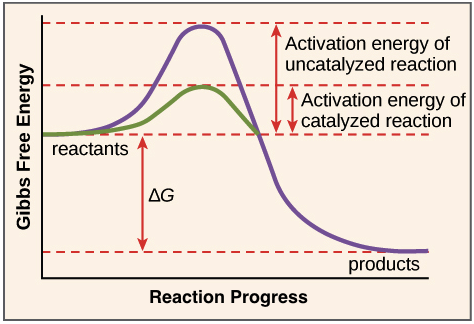
Enzymes And The Active Site Article Khan Academy
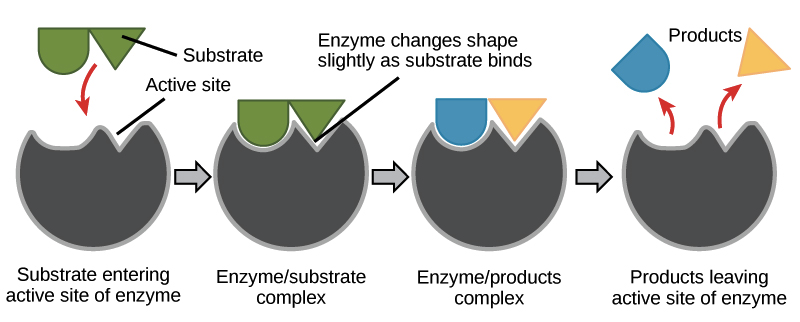
Enzymes And The Active Site Article Khan Academy

Managing Enzymes In Food Basics Of Enzyme Science Food Crumbles


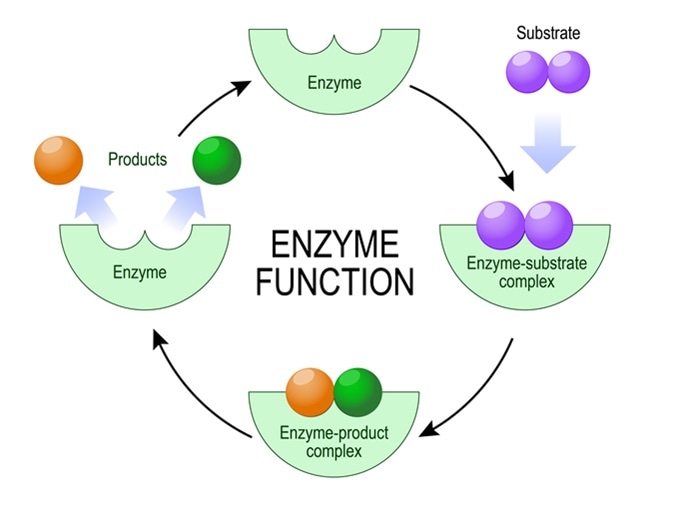
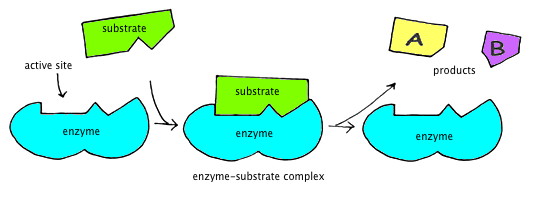
Posting Komentar untuk "Why Do Most Enzymes Only Work With One Substrate"